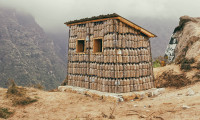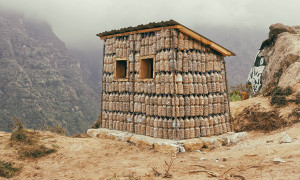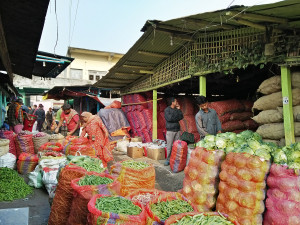Money
PM agri project raises farmers’ access to modern farm tools
Kiran Chaudhary, a farmer based in Kailali district in the far-western region of the country, no longer has to toil for up to three months every year just to plough six bighas (approximately 4 hectares) of her field.
DR Panta
Kiran Chaudhary, a farmer based in Kailali district in the far-western region of the country, no longer has to toil for up to three months every year just to plough six bighas (approximately 4 hectares) of her field. She can now complete the same work without much physical effort in 20 days, thanks to modern farming equipment handed over by the government.
Like Kiran, over 700 farmers in Pawera village of the district have received modern farming equipment worth over Rs15 million rupees at subsidised prices from the Prime Minister Agriculture Modernisation Project. Under the project, up to 85 percent of the cost of the modern farm equipment is being covered by the government.
The government launched the Rs130-billion PM Agricultural Modernisation Project in the last fiscal year to boost agricultural productivity through adoption of modern farm techniques. The main objective of the project is to make the country self-reliant in food.
Under the project, the government has created 2,100 pocket areas of 10 hectares each, 150 blocks of 100 hectares each, 30 zones of 500 hectares each and seven super zones of 1,000 hectares each in various parts of the country to promote production of various crops and bolster agricultural productivity.
Kailali is one of districts where a super zone has been created. The government aims to promote production of wheat in this super zone.
Since the launch of the project, members of the Chetanshil Women Development Multipurpose Cooperative in Pawera village council have received 50 hand tractors, 30 crop rippers, crop threshers and tractor trolleys.
“Distribution of the modern farm equipment has put an end to the practice of doing everything manually. This will save a lot of our time and increase productivity of the agricultural sector,” Kiran said, adding, “Farm equipment made available to the cooperative can also be used by farmers who are not members of the institution.”
Prior to the distribution of modern farm equipment, each farmer had to spend two weeks to plough every bigha of the field and transplant crops manually.
Now, these farmers can plough six bighas of land in a week.
“If farmers make maximum use of equipment that they have received, we can modernise and commercialise agricultural sector.
This will raise the income level of those dependent on the agricultural sector for livelihood,” former agricultural development minister Gauri Shankar Chaudhary said.
Previous experience shows that farmers who make use of modern farm equipment also see improvement in agricultural productivity, according to Yuvraj Pandeya, a senior agricultural development officer. “We expect similar results here,” said Pandeya.
Agricultural sector in Nepal is marred by volatility and lower yields compared to other countries in Asia. Nepal’s paddy yields, for instance, stand at 3.4 tonnes per hectare, whereas India produces 3.9 tonnes in the same area. Other countries like Bangladesh, China, Thailand and Vietnam are way ahead on this front with yields hovering in the range of 4.5 tonnes (Bangladesh) to 9.5 tonnes (China) per hectare. This is the same in production of wheat and other cereal grains.
Because of this, agricultural income of Nepali farmers is going up due to hike in prices of food grains rather than higher yields.
Of the total increase in crop income of 21 percent in between fiscal years 2003-04 and 2010-11, 18 percentage points came from rise in global food prices, says a latest World Bank report.
Since the launch of the Prime Minister Agriculture Modernisation Project in Kailali, modern farm equipment has been distributed to farmers conducting farming in around 1,000 hectares of land.
“With this, we expect agricultural production to shoot up in this fiscal year,” said Pandeya.




 11.12°C Kathmandu
11.12°C Kathmandu















